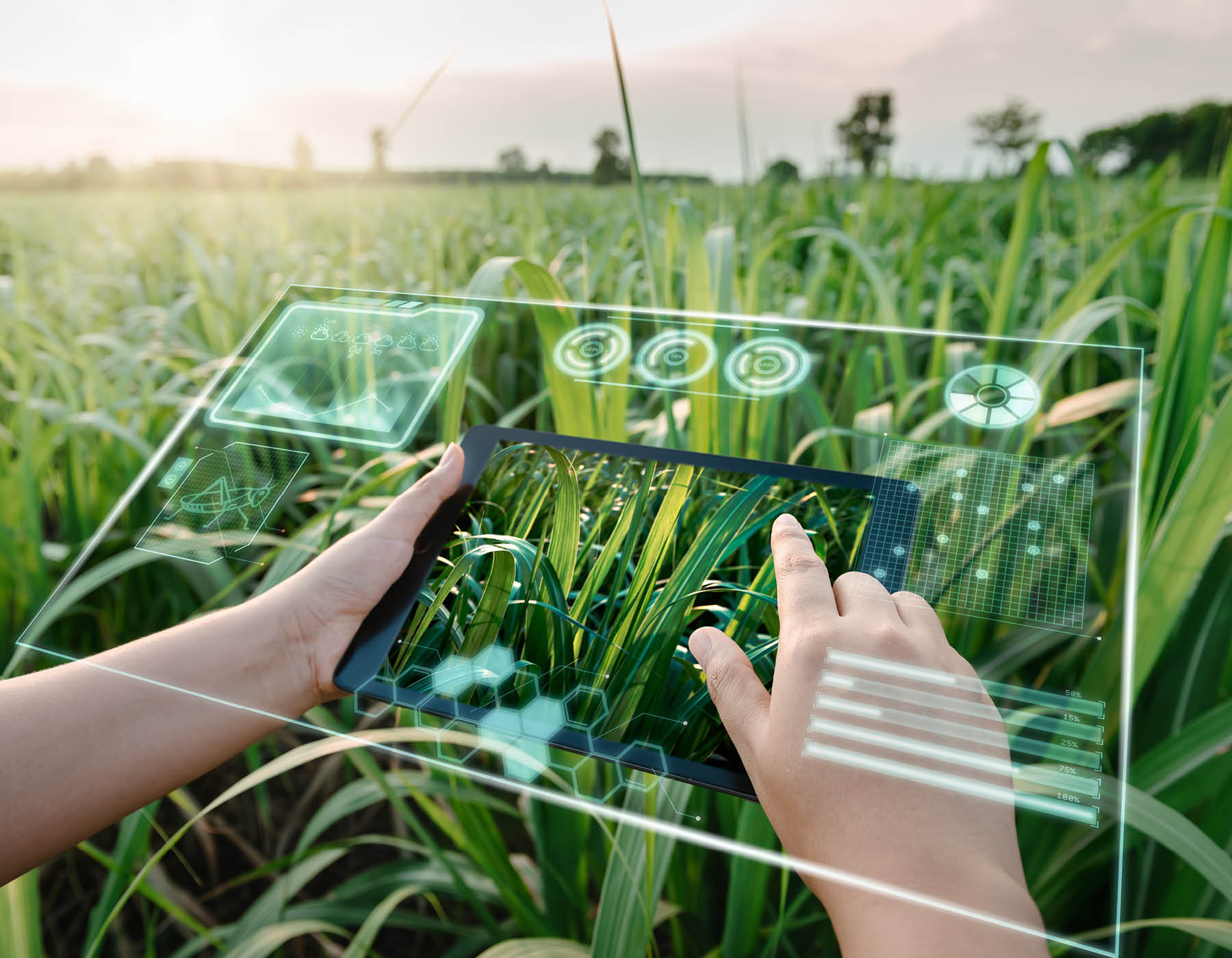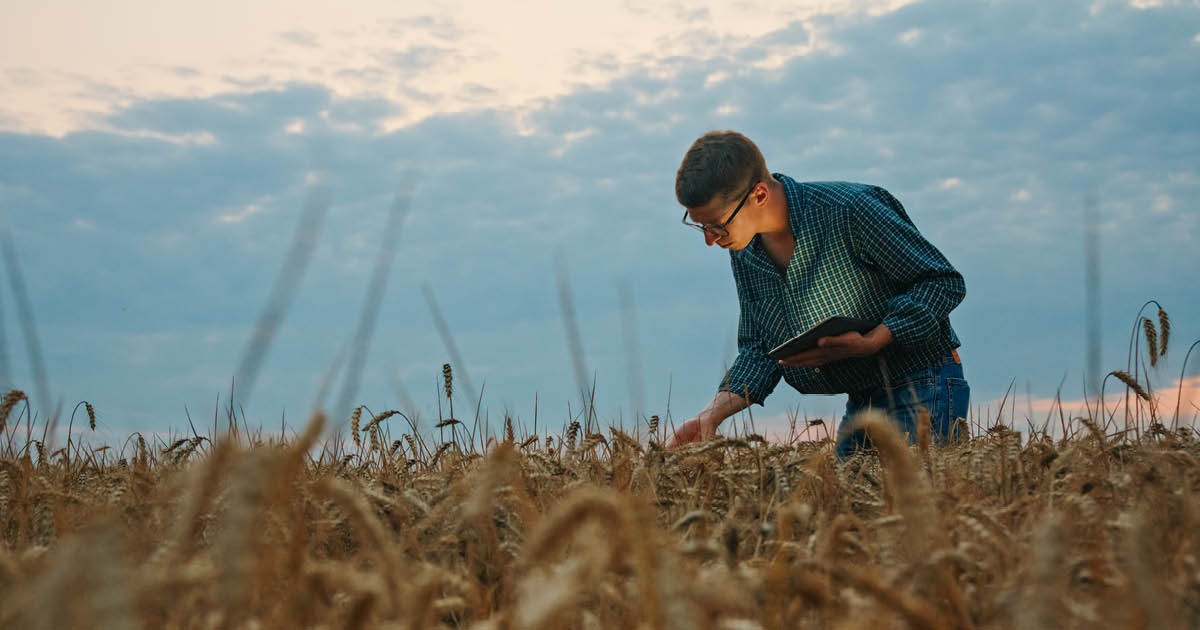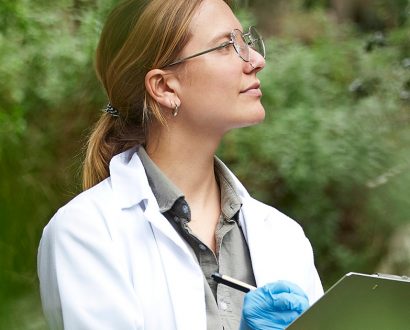Feeding the world’s population is an escalating challenge. With the global population surpassing 8.2 billion in 2025 and projected to reach 9.7 billion in 2050, the pressure on agriculture to meet food demands is mounting.
At the same time, there is increasing recognition of the impact of climate change on the agricultural sector. COP29 highlighted the critical role of transforming agrifood systems to address both climate change and food security, and concluded with an agreement that developed countries would contribute US$300 billion annually by 2035 to help developing nations reduce emissions and protect communities from climate impacts.
As the need for efficient, sustainable farming practices becomes more urgent, technology and data will play an increasingly critical role. Data can provide the insights necessary to optimize resource use, boost productivity and mitigate environmental harm.
By harnessing technology, we can accelerate the transformation of agriculture, making it more resilient and capable of meeting the demands of a growing global population in the face of climate uncertainty.
The role of data in future food security
Traditionally, the agriculture sector has lagged behind other industries in the adoption of new technologies. This has created a unique opportunity for transformation.
Data-driven sustainability has huge potential to make farming more resource-efficient, environmentally sound and economically viable. The use of data collection tools such as sensors, satellite imagery and drones to monitor and optimize farming can have a profound impact – giving operators along the entire supply chain the ability to make evidence-based decisions.

Data-driven sustainability has huge potential to make farming more resource-efficient, environmentally sound and economically viable.
By applying AI and machine learning, it is possible to further enhance productivity, reduce environmental impact and ensure that the sector can meet the needs of a growing global population.
It is becoming increasingly important for developing nations to adopt such technologies as they face mounting challenges from both environmental degradation and the impacts of climate change.
Deforestation in the Amazon, for example, has led to significant environmental and economic concerns, including reduced carbon absorption and local farmers no longer able to harvest acai berries from the trees that once occupied the space.
Additionally, climate-related food inflation, from oranges to cocoa, is having ripple effects across the globe.
Technology adoption and harnessing data correctly can have profound effects on every corner of agriculture. There are many startups and technology innovators that are helping to unlock the power of data and using AI to transform agriculture.
Optimizing resources
Water is an indispensable resource in agriculture, especially in regions where water scarcity is a constant concern, and droughts are a recurring threat.
Similarly, fertilizers, while crucial for boosting agricultural yields, present a dual challenge. Not only are they a significant financial burden for farmers, but their overuse can lead to detrimental environmental effects including water contamination leading to soil degradation and loss of biodiversity.

Armed with better information, farmers can get insights into crop selection and planting schedules and better adapt to climate change.
By using AI and sensors, farmers can monitor soil moisture much more accurately, and combine this information with weather data to optimize irrigation and reduce water waste. The same applies to fertilizer, helping minimzse excess use.
An example is New CropX which uses satellite and field data with AI-assisted machine learning to analyze soil and optimize irrigation to conserve water and increase crop yields.
Climate adaptation and resilience
AI is revolutionizing meteorology, with Google’s DeepMind AI weather forecaster predicting weather patterns even more accurately than the world’s current leading systems. Armed with better information, farmers can get insights into crop selection and planting schedules and better adapt to climate change.
Weather intelligence platform Farmonaut combines weather information with real-time sensor alerts, using data analytics to help farmers make optimal decisions.
Supply chain transparency
Getting visibility into the entire agricultural supply chain is becoming increasingly important. With regulatory and public pressure for more transparency, farmers need more comprehensive and accurate ways to track carbon footprints, emissions and waste.
Being able to monitor temperature as a consignment moves through the export chain can help extend processes such as ripening, enabling perishable food to remain fresh for longer and be transported to more international markets.

Reducing environmental impact
Data analytics also helps farmers implement sustainable practices such as regenerative agriculture, improving soil health and enhancing carbon sequestration, as well as reducing the use of agricultural chemicals that may harm the environment.
John Deere’s See & Spray technology activates individual spray nozzles when target weeds are ‘seen’ by boom-mounted cameras, scanning more than 195 square meters of crop per second. It has saved an estimated 30,000 kiloliters of herbicide mix on more than 405,000 hectares applied during the 2024 growing season.
Sustainable and productive agriculture is a global imperative as we look to feed 9.7 billion people by 2050. Collecting and analyzing data across agriculture is the key to unlocking the power of AI and technology to increase productivity and profitability for the sector, and to reduce the environmental impact of farming.







